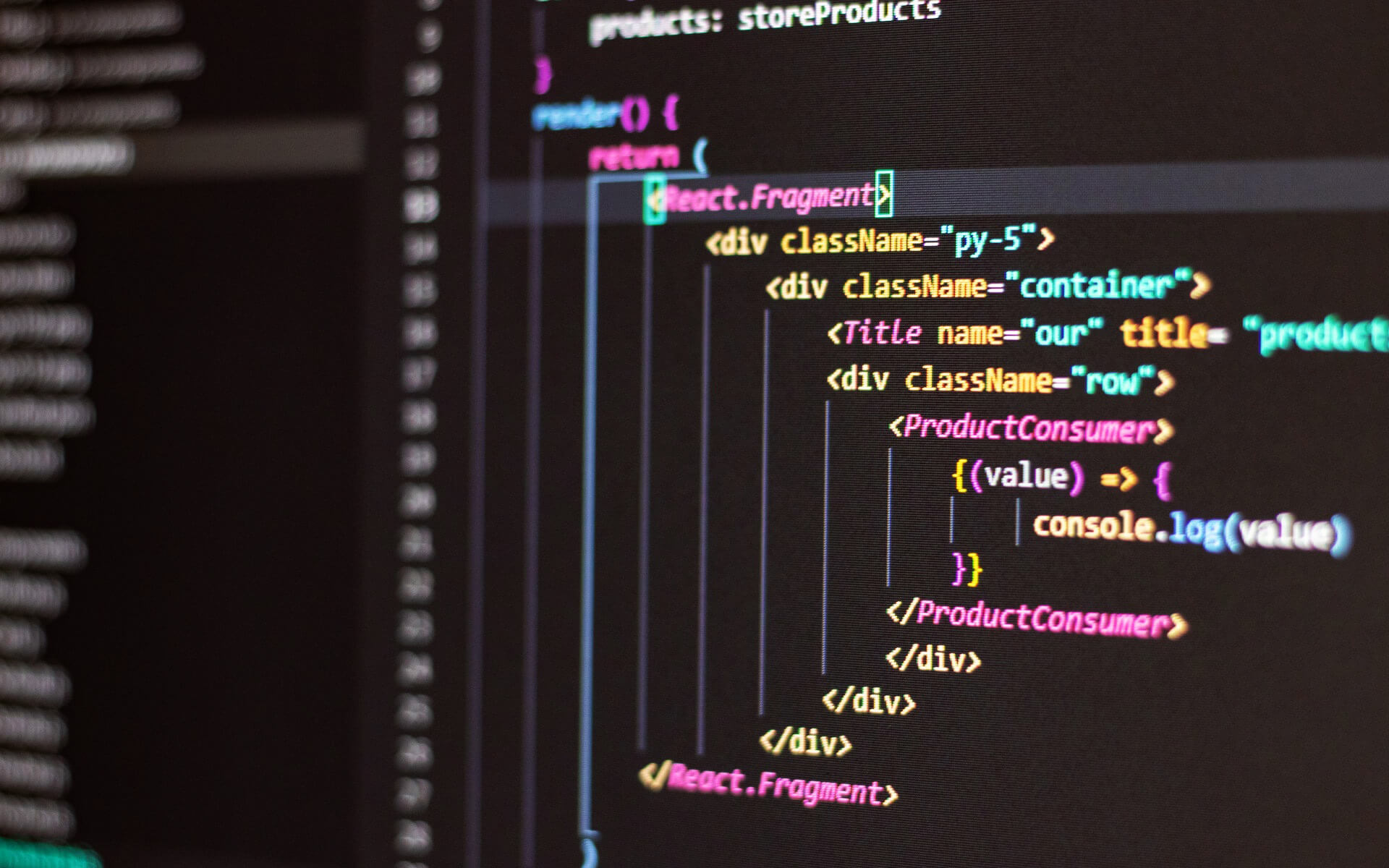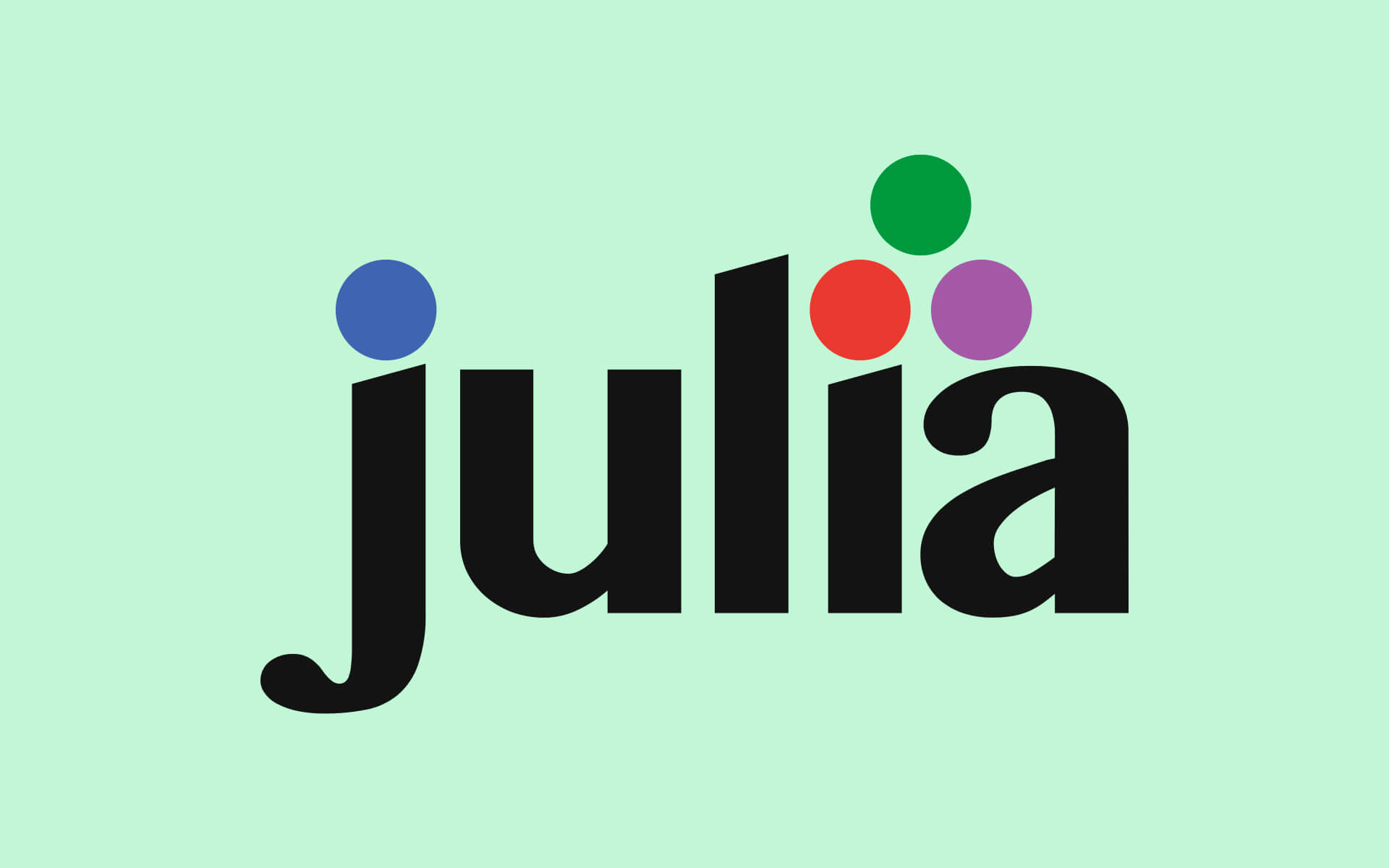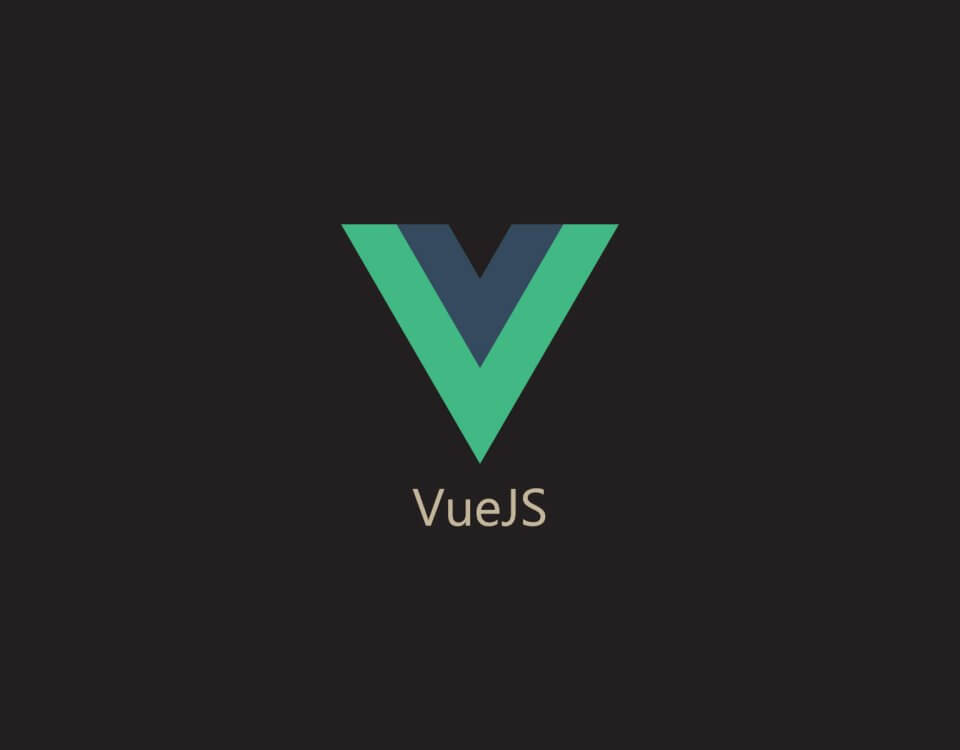
A Summary Of Microsoft Ignite 2022 Announcements
October 31, 2022
Level Up Your VS Code Snippets
November 21, 2022
Julia Programming Language is a flexible, dynamic language suitable for scientific and numerical computations, and has performance comparable to conventional statically-typed languages. Used in data analysis and scientific computing, Julia obviously has its devotees, often citing its speed and other features as a compelling reason to learn it. The Julia Organization believes that there are plenty of compelling reasons to choose dynamic languages for scientific computation, and they do not anticipate that usage will decline.
That is, Julia is general-purpose, and it can be used for tasks such as web development, game development, etc. Julia provides simplicity and expressiveness for high-level numerical computations, just as languages such as R, MATLAB, and Python, but it also supports general-purpose programming. Julia is a high-level, dynamic programming language designed to provide users with the speed of C/C++, while remaining easy to use like Python.
Julia is a dynamic language, and the tension between the higher performance offered by so-called static programming languages, and the lower performance offered by high-level dynamic programming languages that emphasise abstraction, development speed, and portability, has not gone away. Julia gives programmers a new era in technical computing, in which they can develop libraries in a high-level programming language. Julia programming languages provide an opportunity for practitioners to write highly performant programs which utilize the computing resources like CPU and memory just as efficiently as in C or Fortran.
Before Julia, the programmer needs to be proficient both at the higher-level programming (writing code in Matlab, R, or, Python, to prototype) and at the lower-level programming (writing the performance-sensitive parts of programs, in order to accelerate actual calculations, in statically compliant languages like C or Fortran). Julia draws significant inspiration from various dialects of Lisp, including Scheme and Common Lisp, and Julia shares many features with Dylan, also a dynamic, multiple dispatch-oriented language (which features an algol-like free-form infix syntax rather than a Lisp-like prefix syntax, while in Julia everything is an expression), and with Fortress, another numerical programming language (which features multiple dispatch and a sophisticated parametric type system). Fortress, another numerical programming language (which features multiple dispatch and a sophisticated parametric type system. Julia is also useful for low-level systems programming, as a specification language, and web programming, as a spec language, and a complex parametric type system).
It would be nice to see it grow into a commonly used language in my field, data science. Before we can leverage Julia for all of the exciting things that Julia is built to do, such as Machine Learning or Data Science, we need to get acquainted with the basics of the language first. Julia is much easier to get started with than a lot of the major languages out there today.
Sources:
- https://itnext.io/why-i-still-recommend-the-julia-programming-language-d2b84a747a5c 0
- https://www.hpcwire.com/2021/01/13/julia-update-adoption-keeps-climbing-is-it-a-python-challenger/ 1
- https://www.freecodecamp.org/news/learn-julia-programming-language/ 2
- https://gradschool.princeton.edu/events/2022/introduction-julia-programming-language 3
- https://towardsdatascience.com/the-depressing-challenges-facing-the-julia-programming-language-in-2021-34c748968ab7 4
- https://insights.dice.com/2022/09/08/can-julia-programming-language-become-as-popular-as-python-r/ 5
- https://en.wikipedia.org/wiki/Julia_(programming_language) 6
- https://www.tutorialspoint.com/julia/julia_overview.htm 7









